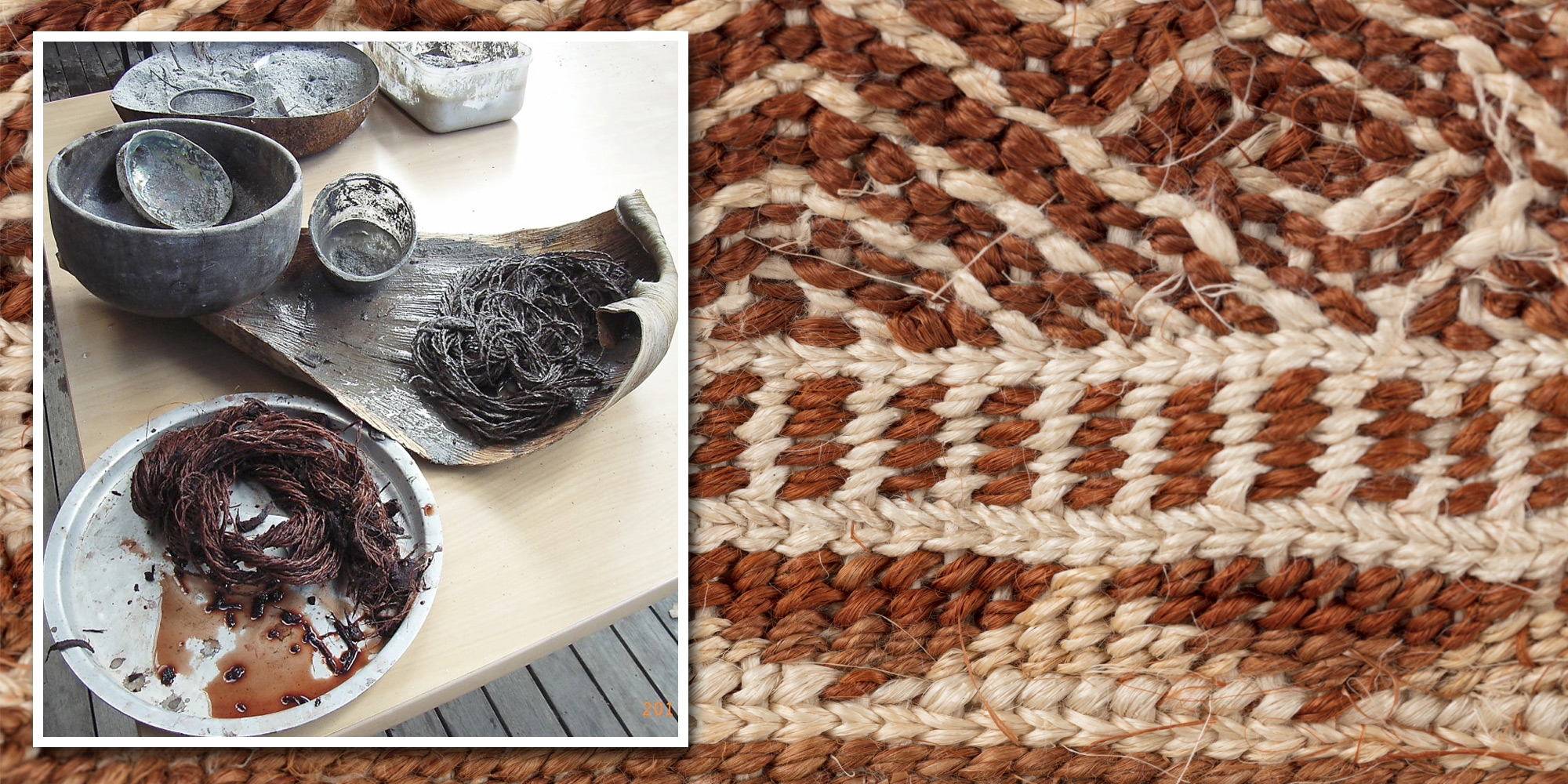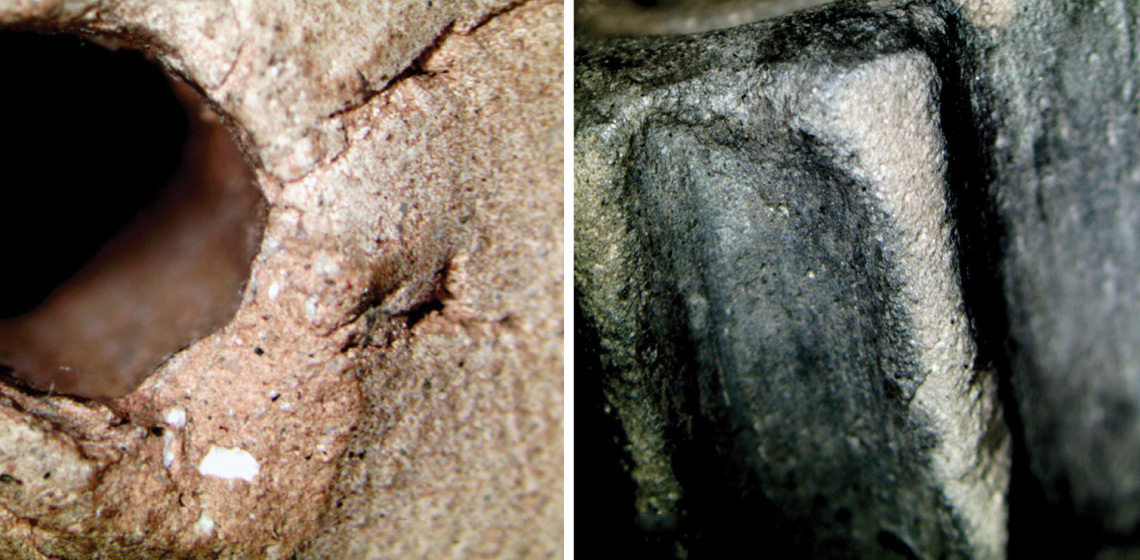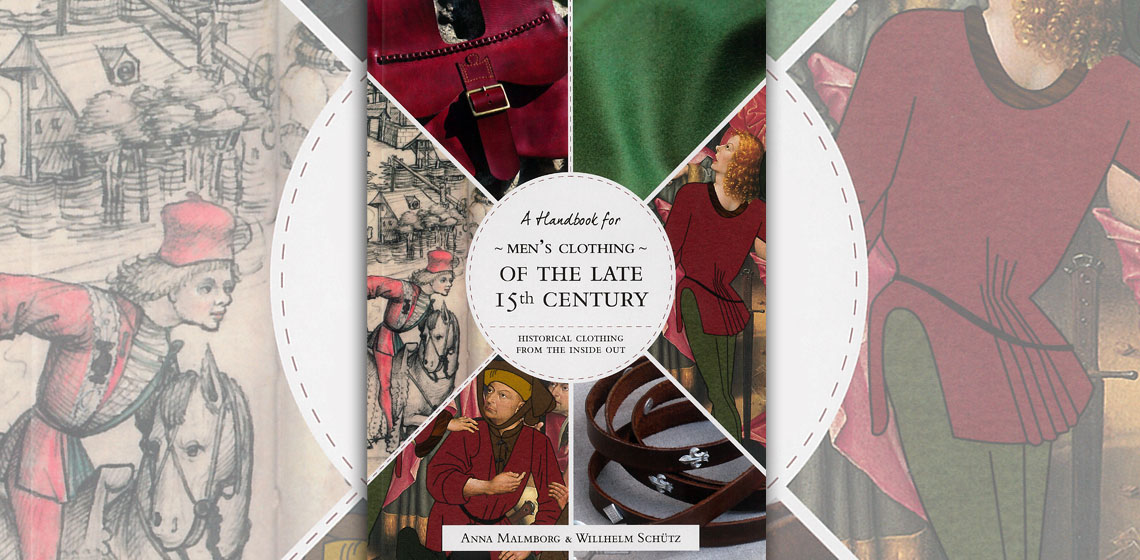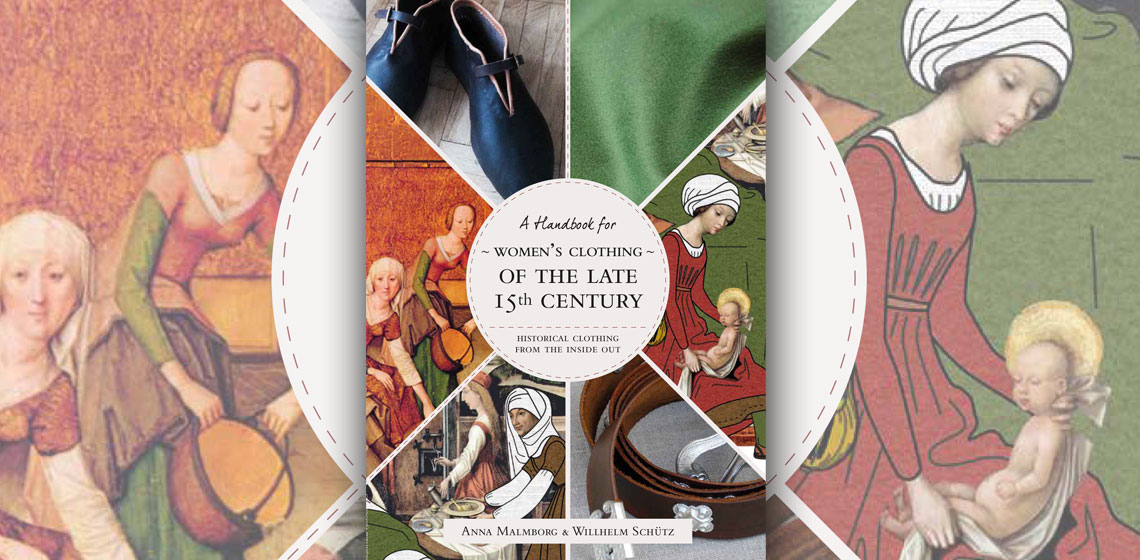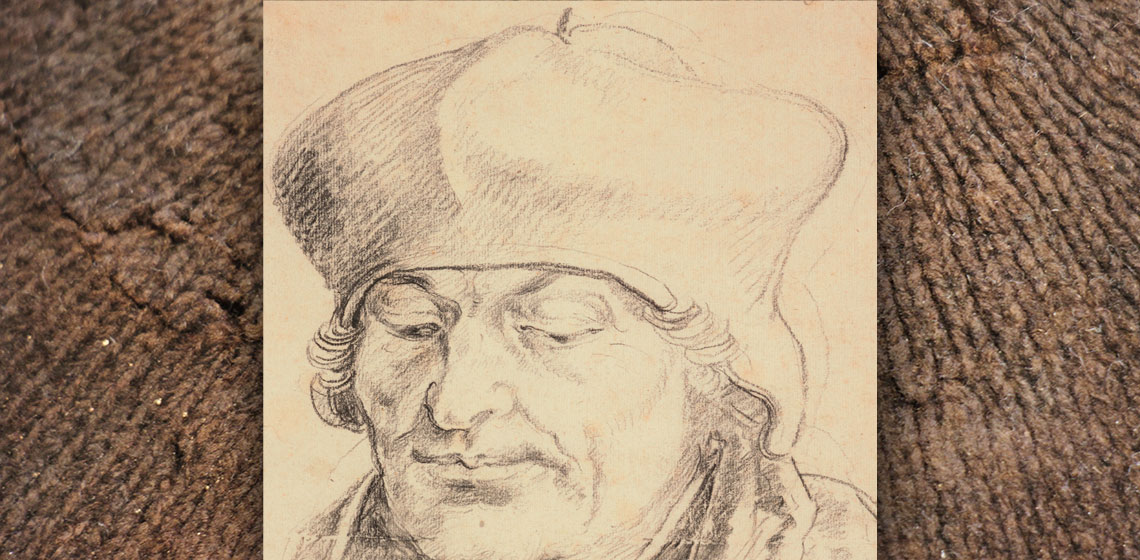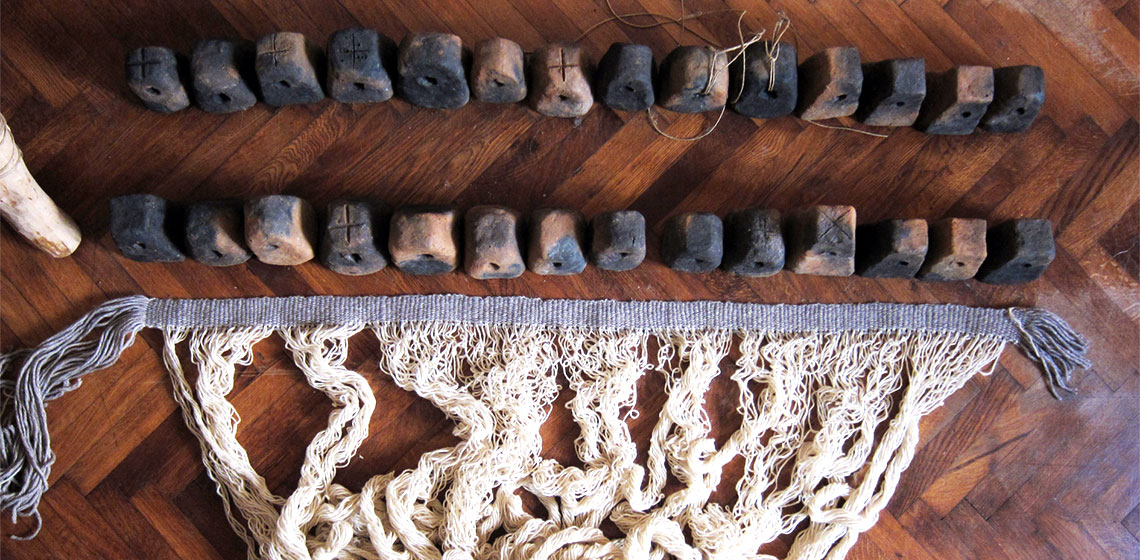textile
Replication of a Maori Ethnographic Textile Hem Border Pattern
***Replication of archaeological and ethnographic Māori textiles, under the direction of customary knowledge and previous practical experience, can provide a more nuanced understanding of the manufacture of taonga (treasures) made from fibre materials. A case study is presented here from the unique perspective of a weaver who...
The Contribution of Experimental Archaeology in Addressing the Analysis of Residues on Spindle-Whorls
Introduction
Spindle-whorls are tools used for transforming the mass of fibres into yarn. These tools can be made of a large variety of materials as ceramic, bone, wood, or glass. They can vary largely in shapes (conical, biconical, lenticular, etc…), size, and weight according to archaeological contexts and chronological period of human history.
Book Review: A Handbook for Men's Clothing of the Late 15th Century by Anna Malmborg & Willhelm Schütz
Book Review: A Handbook for Women's Clothing of the Late 15th Century by Anna Malmborg & Willhelm Schütz
Textile Textured Silver Ingots: A Technical Investigation into how these Textures came to be on some Viking Hoard Ingots
Prehistoric Dressing for Third Millennium Visitors. The Reconstruction of Clothing for an Exhibition in the Liptov Museum in Ruzomberok (Slovakia)
Some Uses of Experiment for Understanding Early Knitting and Erasmus' Bonnet
The experimental work directly related to the archaeological evidence turned out to be essential to the investigation, but much of it was too technical for the original publication. Experimental archaeology is its proper context, and I presented the posters this article is based on at the EXARC conference in Leiden in April 2017 (Kruseman, 2017a) and at the KEME symposium in Copenhagen in August 2017 (Kruseman 2017b). Thank you to the organizers and participants!
Understanding the Archaeological Record: Reconstructing a Warp-Weighted Loom
***The paper deals with a reconstruction of a warp-weighted loom based on a rare find of 36 in situ loom weights in an object interpreted as a weaving hut at an archaeological site Virje-Sušine in Northern Croatia dated in late Iron Age (La Tène C period, 2/2 3rd – 2/2 2nd century BC)...

